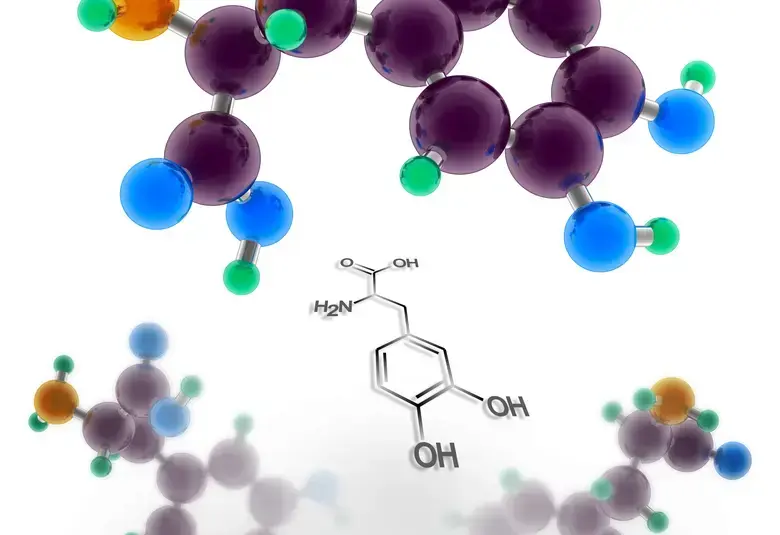Neuroplasticity, synaptic dysfunction, and activation of the HPA axis are among areas of active research in efforts to understand the pathophysiology underlying major depressive disorder and its potential treatment-resistance, Maurizio Pompili (Sapienza University of Rome, Italy) told CINP 2021 Virtual.
Though we have much to learn about the factors that underly treatment resistance in major depressive disorder (MDD), there is no lack of certainty about the unmet clinical need, Ana González-Pinto (Hospital Universitario de Álava, Spain) said when introducing the symposium.
Between 30% and 40% of people with MDD do not respond to first or second-line antidepressant treatment, and only 17% respond at the third treatment step.1,2
Optimizing early treatment is critical to full symptomatic and functional recovery4
With each unsuccessful treatment, there is less chance of remission and a greater risk of relapse.2,3 Compared with treatment-responsive MDD, depression that is resistant is associated with increased number and length of depressive episodes, and greater risk of hospitalization and suicidal behavior.5-10
So there is recognition that optimizing early treatment is crucial to achieving full symptomatic and functional recovery.4
Insights from altered plasticity and hippocampal volume
Elevated activity of the hypothalamic-pituitary-adrenal (HPA) axis is strongly implicated in depression, and, although varying in extent across subtypes, may be a major link between psychiatric and comorbid physical conditions such as diabetes and coronary heart disease.11
Depression is also associated with the neural atrophy and decreased synaptic connectivity that lead to reduced synaptic density,12 Maurizio Pompili told CINP 2021 Virtual.
Decreased neuroplasticity, which seems to be part of the brain’s morphological and functional adaptation to stress, is also linked to depression and its outcome.13
Indeed, reduced hippocampal volume , which is found in patients who have had several episodes of depression, may predispose patients to a poor response to treatment.14 Glutamate is the main neurotransmitter regulating plasticity, Professor Pompili reported.
We seek to understand the pathophysiology that sets treatment-resistant depression apart from responsive MDD
This is perhaps one piece of the jigsaw in our very incomplete understanding of the pathophysiology underlying treatment resistant depression. And it may relate to the fact that stress reduces neogenesis in the rodent hippocampus.15
NMDA receptor and glutamate
There is also some evidence that resting state functional connectivity of the subcallosal cingulate cortex differs in patients with remitted MDD from those with treatment resistance.16 Interestingly, depression subtypes defined using this aspect of functional connectivity seemed to have different chances of remission when treated with the first-line options of Cognitive-Behavioral Therapy or antidepressant medication.
Professor Pompili also drew attention to increasing understanding of the role of the N-methyl-D-aspartate (NMDA) receptor and the glutamate system. Post mortem, NMDA receptor subunits are found to be different in people who have had MDD, and depression may be associated with NMDA receptor hyperfunction in subcortical regions and hypofunction in cortical areas,17 he reported.
The satellite symposium was supported by the Janssen Pharmaceutical Companies of Johnson & Johnson in EMEA
For the latest updates on sea.progress.im, subscribe to our Telegram Channel https://bit.ly/telePiM
Our correspondent’s highlights from the symposium are meant as a fair representation of the scientific content presented. The views and opinions expressed on this page do not necessarily reflect those of Lundbeck.




